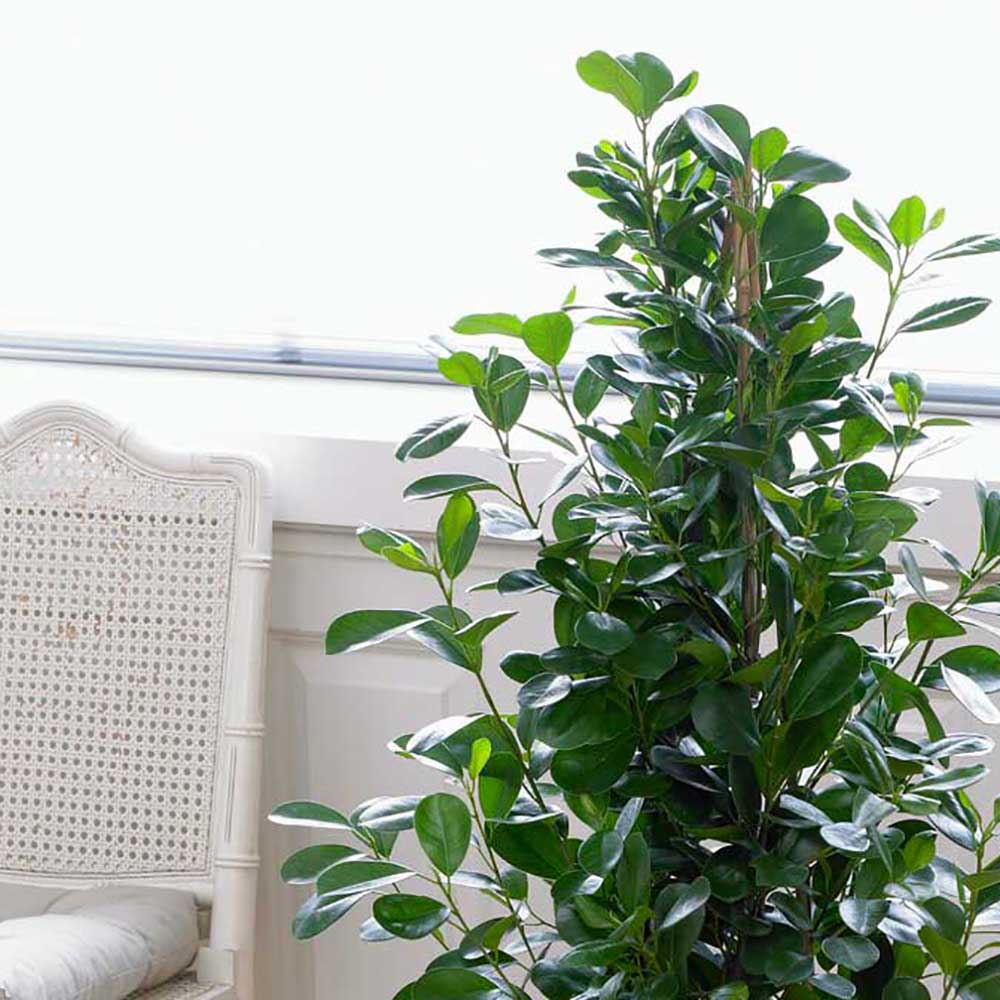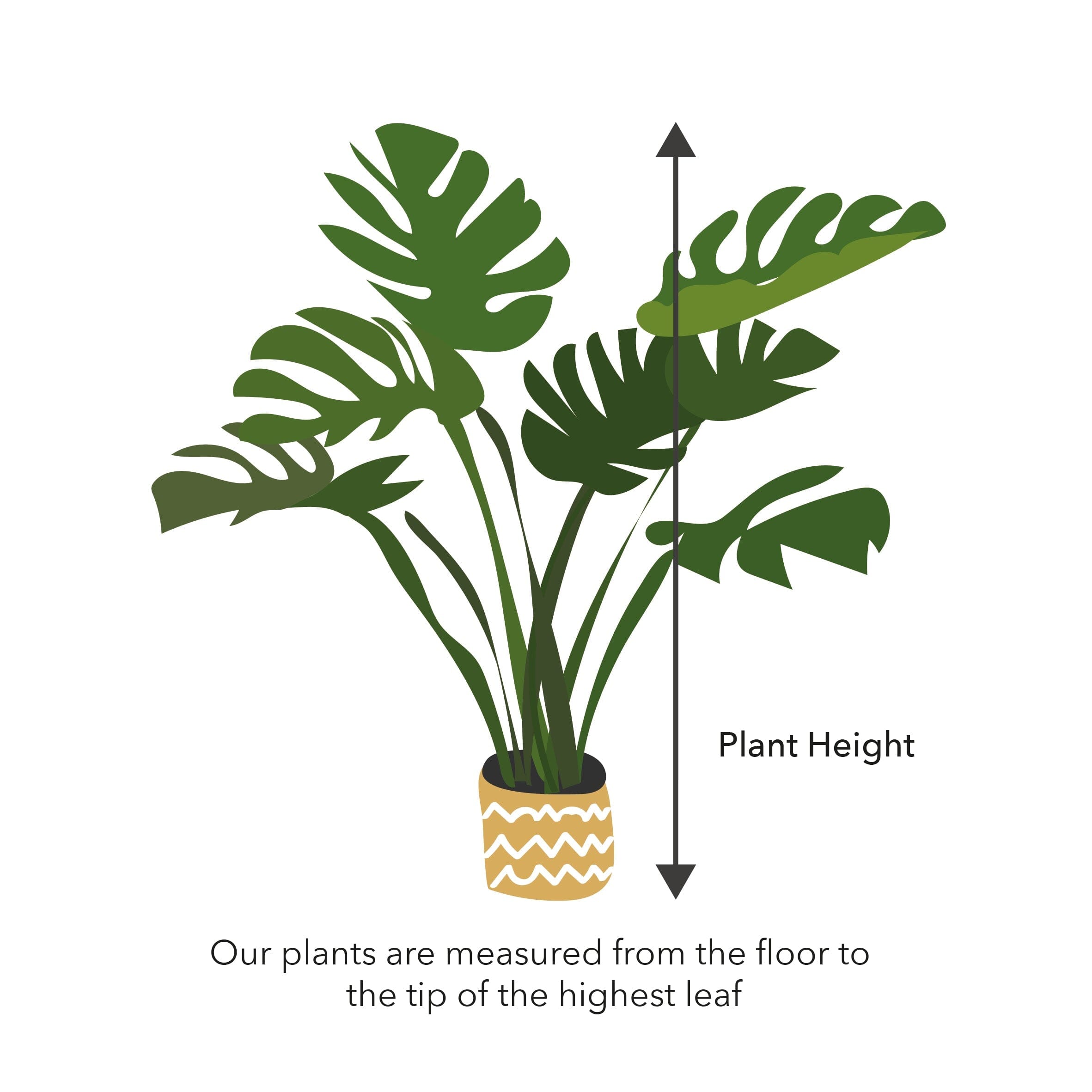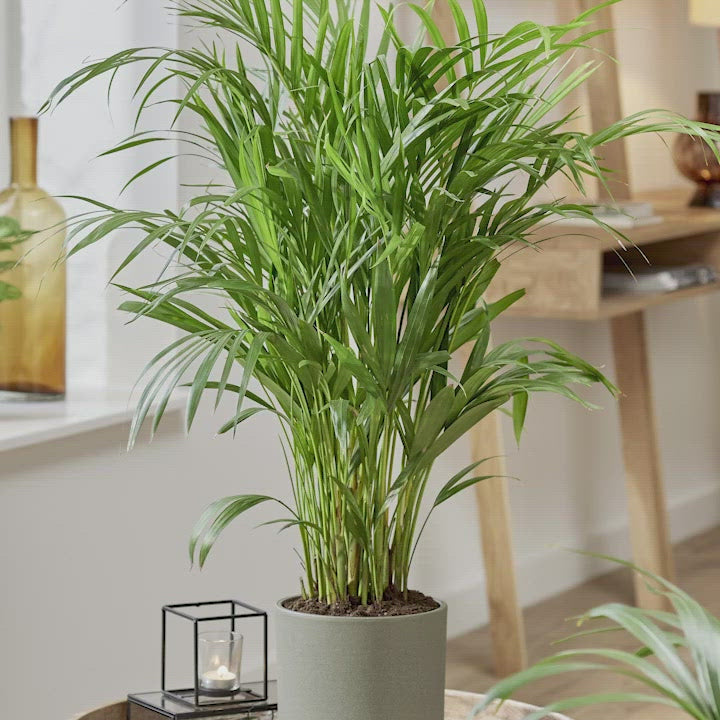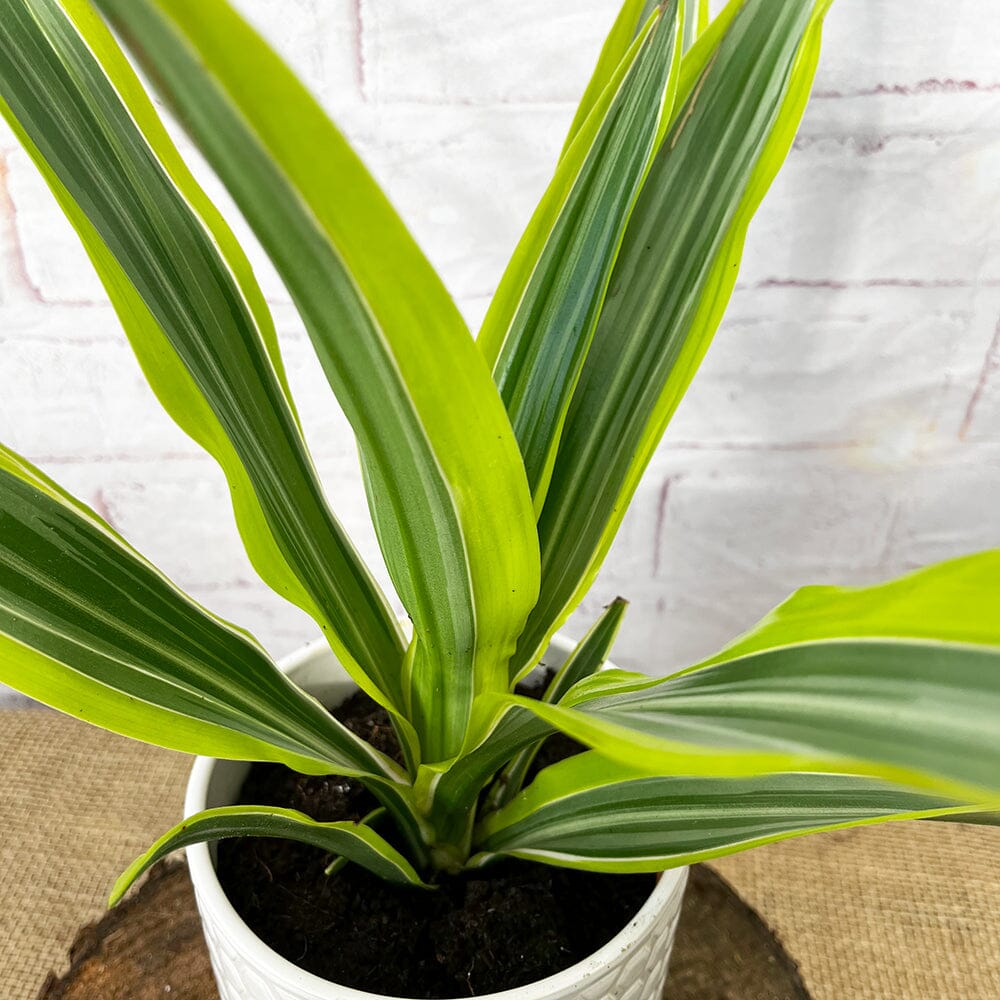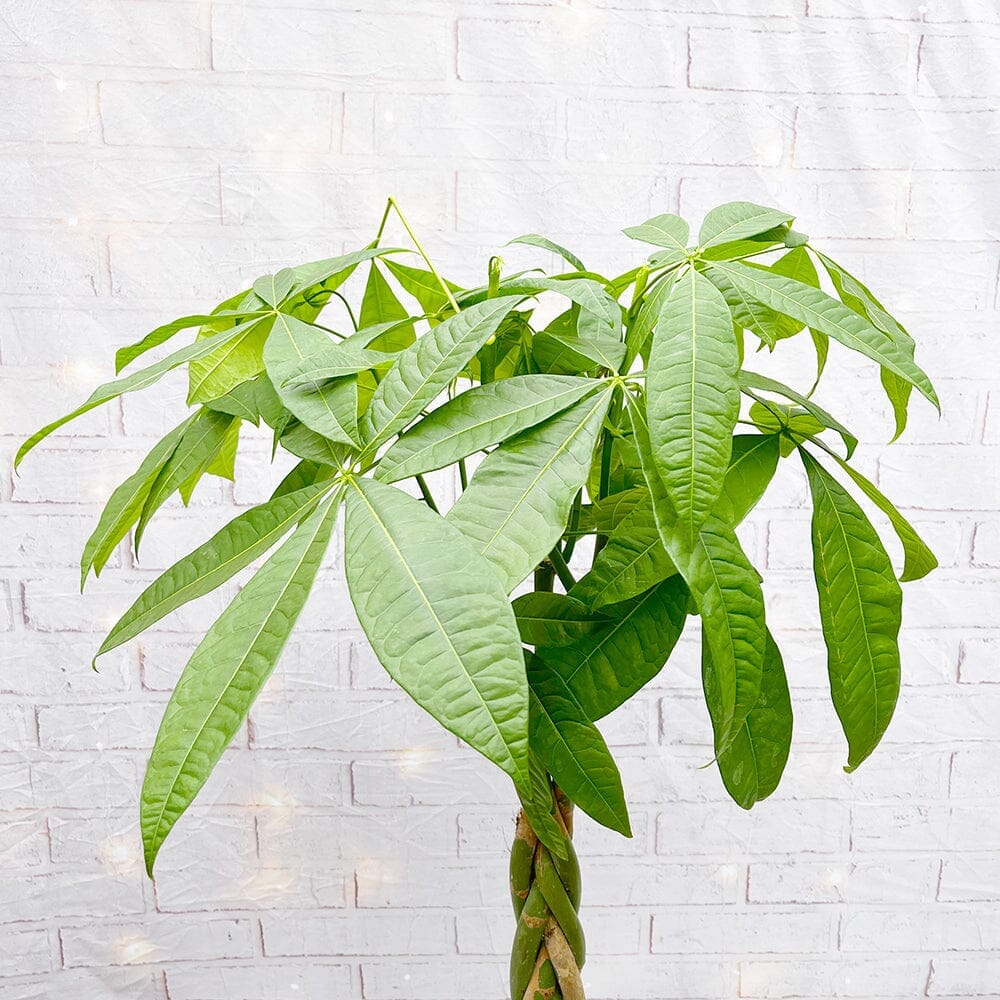Primula Vulgaris Aquatic Pond Plant - English Primrose
Primula vulgaris, commonly known as the Primrose or English Primrose, is a popular and charming spring-blooming perennial. Here is a detailed description and care guide for Primula vulgaris:
Description:
Primula vulgaris forms a low-growing clump of basal leaves that are dark green and slightly crinkled in texture. The leaves are usually obovate or lance-shaped and form a rosette arrangement. In early spring, it produces clusters of fragrant flowers on short stalks above the foliage. The flowers are typically single, with five petals that come in various shades of yellow, ranging from pale yellow to vibrant golden-yellow. The blooms have a bright, cheerful appearance and often feature a contrasting eye or center. The flowers attract pollinators like bees and butterflies.
Care Guide:
Light: Primula vulgaris prefers partial shade or filtered sunlight. It grows best in locations with morning sun and afternoon shade. In hot climates, provide some protection from intense sunlight to prevent scorching of the leaves and flowers.
Soil: Plant Primula vulgaris in well-draining, humus-rich soil. It prefers a slightly acidic to neutral soil pH. Amend heavy or clay soils with organic matter, such as compost or well-rotted leaf litter, to improve drainage and fertility.
Watering: Keep the soil consistently moist, but not waterlogged. Primula vulgaris appreciates regular watering, especially during dry periods. Water at the base of the plant to avoid wetting the foliage and flowers, as this can lead to disease issues.
Fertilizer: Apply a balanced, slow-release fertilizer in early spring when new growth appears. Follow the package instructions for the recommended dosage and frequency. Avoid over-fertilizing, as it can lead to excessive foliage growth with fewer flowers.
Mulching: Apply a layer of organic mulch around the plants to help conserve moisture, suppress weed growth, and regulate soil temperature. Avoid mulch buildup against the crowns of the plants, as this can cause rot.
Division: Primula vulgaris can benefit from division every few years to rejuvenate the plant and promote healthy growth. Divide the clumps after flowering or in early spring. Carefully dig up the clumps, separate them into smaller sections, and replant them in well-prepared soil.
Pests and Diseases: Primula vulgaris is generally resistant to most pests and diseases. However, it can occasionally be affected by slugs, snails, or aphids. Monitor the plants and take appropriate measures if needed.
Winter Care: Primula vulgaris is generally hardy in USDA hardiness zones 3 to 8. In colder regions, protect the plants during harsh winters by applying a layer of mulch or covering them with a frost blanket. Remove any dead or damaged foliage in the fall.
Primula vulgaris is a delightful and versatile plant that adds vibrant colour to spring gardens, borders, rockeries, or containers. Its early blooms and compact habit make it an ideal choice for brightening up shaded areas. With proper care and suitable growing conditions, you can enjoy the beauty and charm of Primula vulgaris in your garden year after year.
Selection:
Choose plants that are specifically adapted to grow in wet or boggy conditions. Research different species of bog plants to find ones that suit your pond's conditions and your aesthetic preferences. Consider factors such as height, flower colour, foliage texture, and seasonal interest when selecting plants.
Soil:
Bog plants thrive in soil that is consistently moist, but not waterlogged. Prepare the planting area by creating a mix of equal parts garden soil, peat moss, and sand to provide good drainage while retaining moisture. Avoid using heavy clay soil, as it can become compacted and restrict root growth.
Sunlight:
Most bog plants prefer full sun to partial shade. Ensure that the plants receive at least 4-6 hours of direct sunlight each day for optimal growth and flowering. Some bog plants can tolerate more shade, so consider the specific light requirements of the plants you choose.
Watering:
Bog plants require consistent moisture, so water them regularly to keep the soil damp. Monitor the moisture level and water as needed to prevent the soil from drying out. During hot and dry periods, you may need to water more frequently to maintain proper moisture levels.
Planting:
Dig a hole slightly larger than the root ball of the plant and loosen the soil at the bottom. Place the plant in the hole, ensuring that the crown is level with or slightly above the soil surface. Backfill the hole with the prepared soil mixture, gently firming it around the plant to eliminate air pockets. Water thoroughly after planting to settle the soil and provide initial hydration.
Mulching:
Apply a layer of organic mulch, such as straw or shredded bark, around the base of the plants. Mulching helps retain moisture, suppresses weeds, and regulates soil temperature. Maintain a layer of 2-3 inches of mulch, keeping it away from the plant's stems to prevent rotting.
Fertilization:
Bog plants generally do not require heavy fertilization if the soil is nutrient-rich. However, if growth appears weak or leaves show signs of nutrient deficiencies, you can apply a slow-release fertilizer specifically formulated for aquatic plants. Follow the manufacturer's instructions for application rates and frequency.
Maintenance:
Regularly remove any dead or decaying foliage to maintain plant health and appearance. Divide overcrowded plants every few years to prevent competition for resources and promote vigorous growth. Prune back excessive growth to maintain a tidy appearance and to prevent plants from encroaching on other plants or the pond itself.
Winter Care:
Hardy bog plants can withstand winter temperatures, while tender ones may need protection. In colder regions, consider mulching around the base of the plants or covering them with a layer of straw or burlap to insulate them from freezing temperatures.
Monitoring and Troubleshooting:
Regularly inspect plants for signs of pests, diseases, or nutrient deficiencies. Address any issues promptly with appropriate treatments, such as organic insecticides, fungicides, or nutrient amendments. By following these general tips and care guidelines, you can create a thriving bog planting area around your pond, adding beauty and interest while supporting a diverse ecosystem.



















